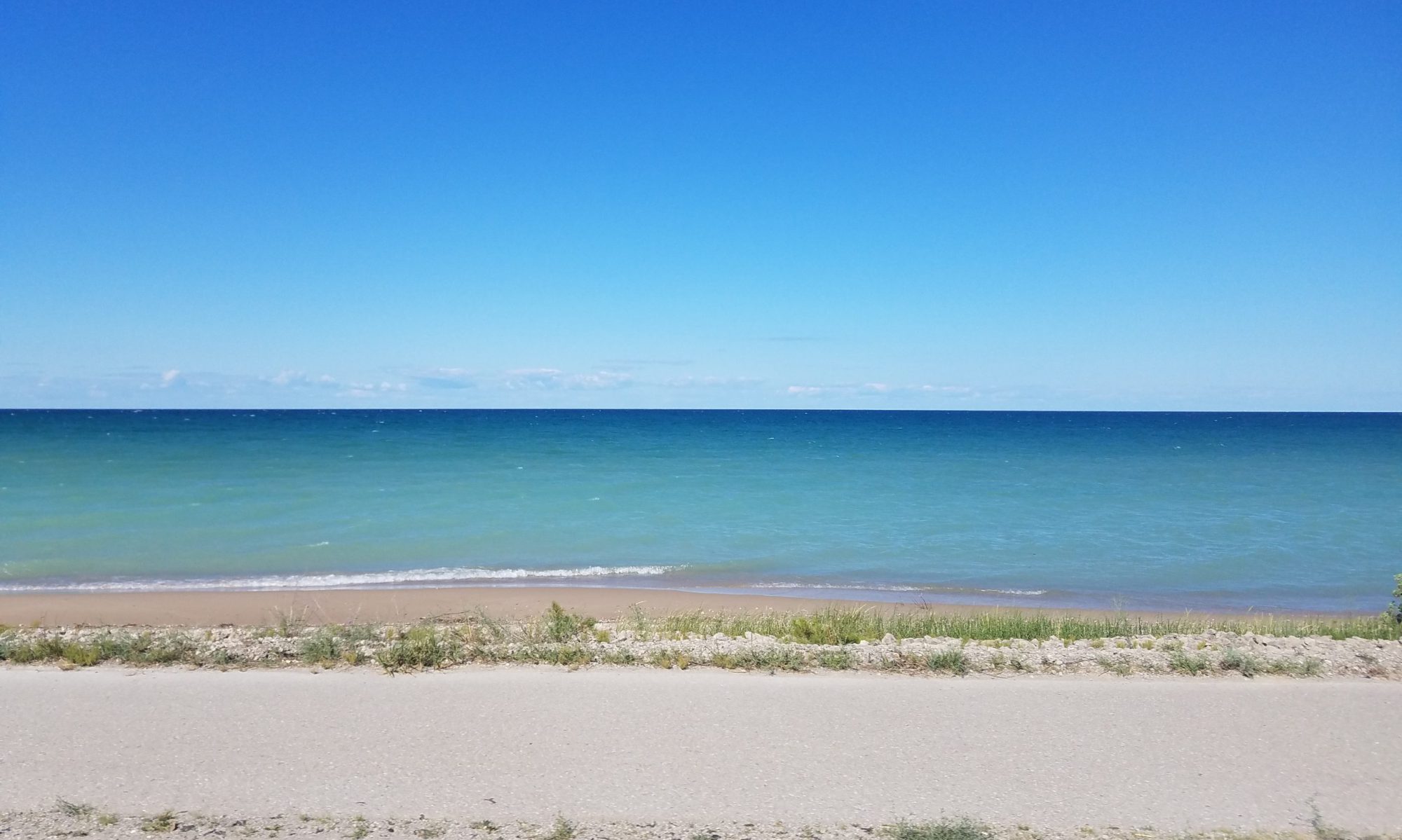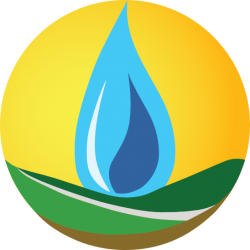 Research Interests
Research Interests
My primary research interest is the impacts of global change on hydrology and sediment. This encompasses investigating causes of changing streamflow across Michigan, land use impacts due to a ski area in Minnesota, legacy forestry impacts in Northern Michigan, and potential impacts of climate change on hydrology and sediment yield from agricultural watersheds in the southern portion of the Great Lakes Basin.
Education
Certificate, Complex Systems, University of Michigan, Ann Arbor, MI, 2004.
M.S.E., Environmental Engineering, University of Michigan, Ann Arbor, MI, 2003.
B.S., Industrial & Management Engineering, Rensselaer Polytechnic Institute, Troy, NY, 1998.
Publications
Calappi TJ, CJ Miller, DD Carpenter, TA Dahl (2011). Developing a Family of Curves for the HEC-18 Scour Equation. Journal of Hydraulic Engineering (In Review)
Stone AG, MS Riedel, TA Dahl, JP Selegean (2010). Application and Validation of a GIS-Based Stream Bank Stability Tool for the Great Lakes Region. J. Soil and Water Conservation, 65 (4): 92A-98A.
Dahl TA and TR Willemain (2001). The effect of long-memory arrivals on queue performance. Oper. Res. Lett. 29(3): 123-127.
Abstracts
Dahl TA, CT Creech, JP Selegean (2011). Reducing Sediment Loads to USACE Harbors: Case Studies from the Great Lakes. U.S. Army Corps of Engineers Infrastructure Systems Conference, June 13-17, Atlanta, GA.
Calappi TJ, TA Dahl, KW Kompoltowicz (2011). Water Level Forecasting and Regulation in the Upper Great Lakes. U.S. Army Corps of Engineers Infrastructure Systems Conference, June 13-17, Atlanta, GA.
Dahl TA, JW Lewis (2011). The Use of Residual Net Basin Supplies in the Great Lakes. IAGLR 54th Conference on Great Lakes Research, May 30-June 3, Duluth, MN.
Creech CT, JP Selegean, TA Dahl (2011). Reducing Sediment Yields to Lake Superior: Case Studies from the Great Lakes Tributary Modeling Program. IAGLR 54th Conference on Great Lakes Research, May 30-June 3, Duluth, MN.
Dahl TA, JL Ryder, JP Selegean (2010). Non-Stationary Annual Peak Flows in the Lower Peninsula of Michigan; Potential Evidence for Climate Change Observed in the Mid-20th Century. American Geophysical Union Fall Meeting, December 15-19, San Francisco, CA.
AG Stone, MS Riedel, TA Dahl, JP Selegean (2010). Boardman River Existing-Conditions SIAM Model for Dam Removal Study. 2nd Joint Federal Interagency Conference, June 27-July 1, Las Vegas, NV.
Riedel MS, TA Dahl, JP Selegean (2010). Sediment Budget Development for the Great Lakes Region. 2nd Joint Federal Interagency Conference, June 27-July 1, Las Vegas, NV.
Creech CT, JP Selegean, TA Dahl (2010). Historic and Modern Sediment Yield from a Forested Watershed and its Impact on Navigation. 2nd Joint Federal Interagency Conference, June 27-July 1, Las Vegas, NV.
JP Selegean, RB Nairn, TA Dahl, CT Creech (2010). Building a better understanding of sediment issues through the application of a long-term fluvial and littoral sediment budget. 2nd Joint Federal Interagency Conference, June 27-July 1, Las Vegas, NV.
Creech CT, JP Selegean, RE McKeever, TA Dahl (2010). The Ontonagon River: A History of Sediment Yields in a Geologically Young Watershed. IAGLR 53rd Conference on Great Lakes Research, May 17-21, Toronto, ON.
Dahl TA, MA Kropfreiter, SJ Tule (2009). 150 Year Old Infrastructure vs. HEC-RAS: Modeling the Lower Fox River, WI. U.S. Army Corps of Engineers Infrastructure SystemsConference, July 20-24, Cleveland, OH.
Dahl TA, JP Selegean, MS Riedel (2009). A GIS-Based Channel Stability Tool for the Great Lakes Region. U.S. Army Corps of Engineers Infrastructure Systems Conference, July 20-24, Cleveland, OH.
Dahl TA, MH Mahoney, JP Selegean (2008). An Observed Regime Shift in SE Michigan Bankfull (Q1.5) Streamflow Records. American Geophysical Union Fall Meeting, December 15-19, San Francisco, CA.
Dahl TA and JP Selegean (2008). The Right Tool for the Job: Creating a Full Suite of Models to Help the Clinton River Decrease Sediment Loading. IAGLR 51st Conference on Great Lakes Research, May 19-23, Peterborough, ON.
McPherson MM and TA Dahl (2008). Modeling the Routing of Water Through the Upper Lakes Using HEC-RAS. IAGLR 51st Conference on Great Lakes Research, May 19-23, Peterborough, ON.
Dahl TA and JP Selegean (2007). Tools to Study Sediment Transport in the St. Joseph River Watershed. State of Lake Michigan Conference, 27-28 September, Traverse City, MI.
Dahl TA and JP Selegean (2007). Modeling Sediment Yield and Flow in a Rapidly Urbanizing Watershed. U.S. Army Corps of Engineers Infrastructure Systems Conference, June 25-29, Detroit, MI.
Selegean JP, TA Dahl, RB Nairn (2007). The Quantification of Sediment Production, Transport and Deposition with Numerical Models. IAGLR 50th Conference on Great Lakes Research, May 28-June 1, State College, PA.
Riedel MS, D Vujisic, JP Selegean, AG Stone, TA Dahl (2007). A GIS Based Streambank Stability Tool for the Great Lakes Region. IAGLR 50th Conference on Great Lakes Research, May 28-June 1, State College, PA.
Stone AG, MS Riedel, TA Dahl, JP Selegean, D Vujisic (2007). Application and Validation of a GIS Based Streambank Stability Tool for the Great Lakes Region. IAGLR 50th Conference on Great Lakes Research, May 28-June 1, State College, PA.
Dahl TA, M Jonas, P O’Brien, JP Selegean (2006). Two-Stage Agricultural Ditch – Hydraulic and Sediment Impacts (Sebewaing River Basin, Michigan). American Geophysical Union Fall Meeting, December 11-15, San Francisco, CA.
Selegean JP and TA Dahl (2006). Modeling Great Lakes Sediments from Source to Sink. NSF MARGINS Conference on Teleconnections Between Source and Sink in Sediment Dispersal Systems. September 17-21, Eureka, CA.
 Lin Liu is a masters student in the Department of Geological Sciences. Before she came to Michigan State University, she had pursued a Bachelor degree in Environmental Science from Sichuan University (P.R China). She studied at State University of New York College of Environmental Science and Forestry for a one-year exchange program and participated in the “MELNHE” project. During her course of education, she identified her professional goal as understanding biophysical processes and integrating social aspects with the natural system. Currently, she is using modeling technique to understand swichgrass cultivation impact on Michigan’s water resources for her thesis. Click here to view her resume.
Lin Liu is a masters student in the Department of Geological Sciences. Before she came to Michigan State University, she had pursued a Bachelor degree in Environmental Science from Sichuan University (P.R China). She studied at State University of New York College of Environmental Science and Forestry for a one-year exchange program and participated in the “MELNHE” project. During her course of education, she identified her professional goal as understanding biophysical processes and integrating social aspects with the natural system. Currently, she is using modeling technique to understand swichgrass cultivation impact on Michigan’s water resources for her thesis. Click here to view her resume.















